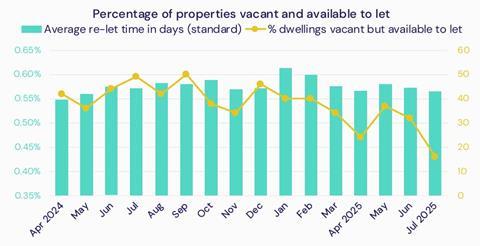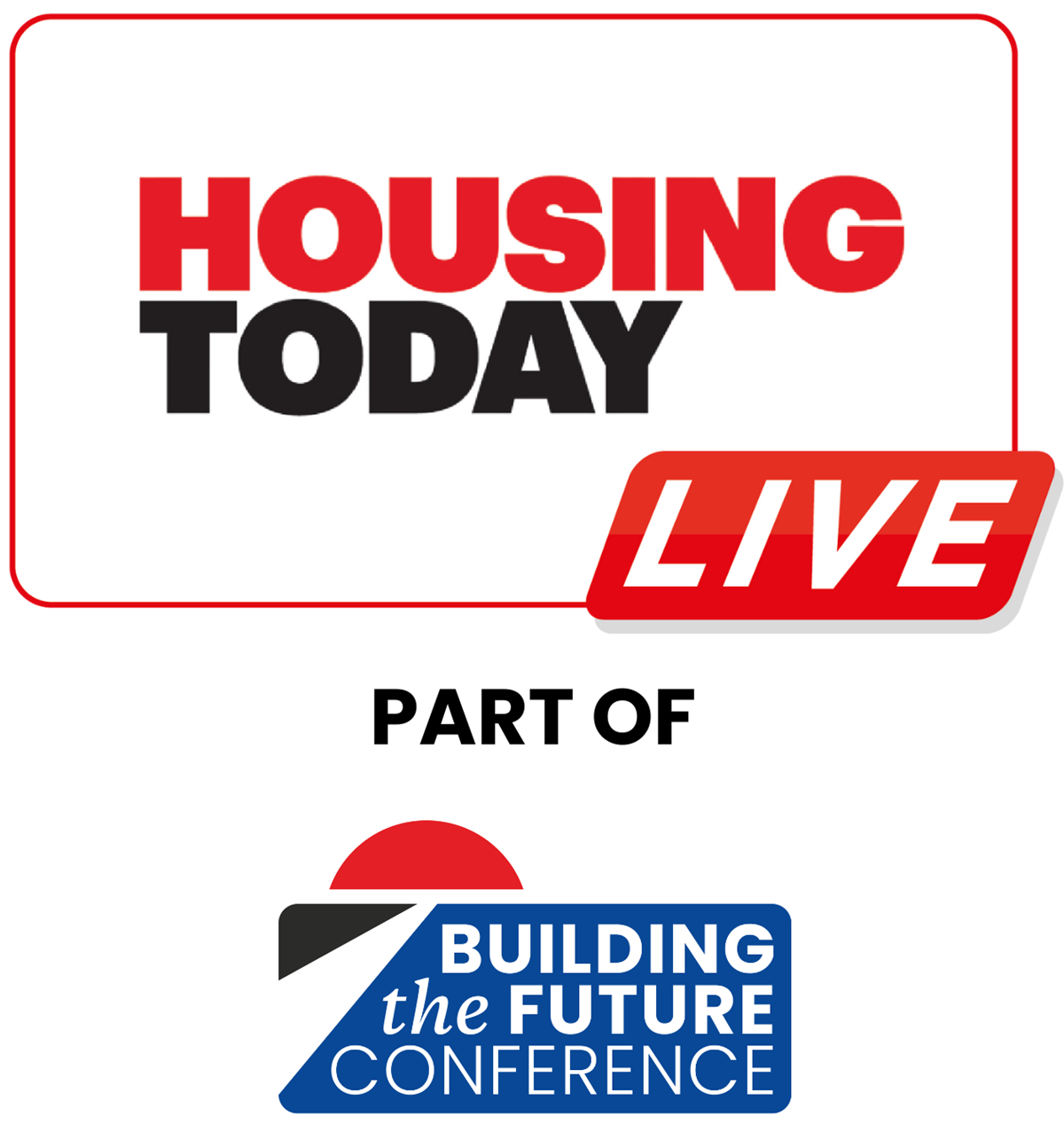But rent arrears and anti-social behaviour reports up amid cost-of-living pressures
The proportion of homes vacant and available to let reduced to 0.43% in July 2025, representing the strongest void position in three years, according to Housemark’s latest report.

The data and insight company’s Pulse survey has been recording social landlord vacancies monthly since April 2022, when 0.52% of properties were empty but available to rent at the end of the month.
Housemark’s analysis suggests that this drop is the result of both increased landlord efficiency as well as fewer available homes, where providers are “aggressively focused on letting long-standing voids. But simultaneously, some empties have been effectively taken offline and overall void incidence is slightly down”.
Average re-let times have fallen to around 40-42 days compared to 50 a year ago, however this is still three weeks longer than pre-2020 norms. The Pulse survey predicts that the overall re-let average will continue to shorten over the next couple of years as long-term voids from the pandemic era are being cleared.
Despite these slight improvements, the research also showed a 2.8% monthly rise in rent arrears as well as an increase in anti-social behaviour (ASB), which “highlight the pressures that tenants and landlords are facing as the cost-of-living crisis persists”, said Jonathan Cox, chief data officer at Housemark.
The “unusual” rise in new ASB reports between April – July 2025 is suggested to be the result of improved record-keeping from landlords in anticipation of enhanced regulatory scrutiny.
The report also found that the volume of responsive repairs rose by 6.8% month-on-month, with 89.4% completed within target timescales, while 97.3% of formal stage one and two complaints were resolved within timescales despite a 4.4% increase in complaints.
Housemark’s data in the report is based on figures supplied by 133 social housing providers.





No comments yet